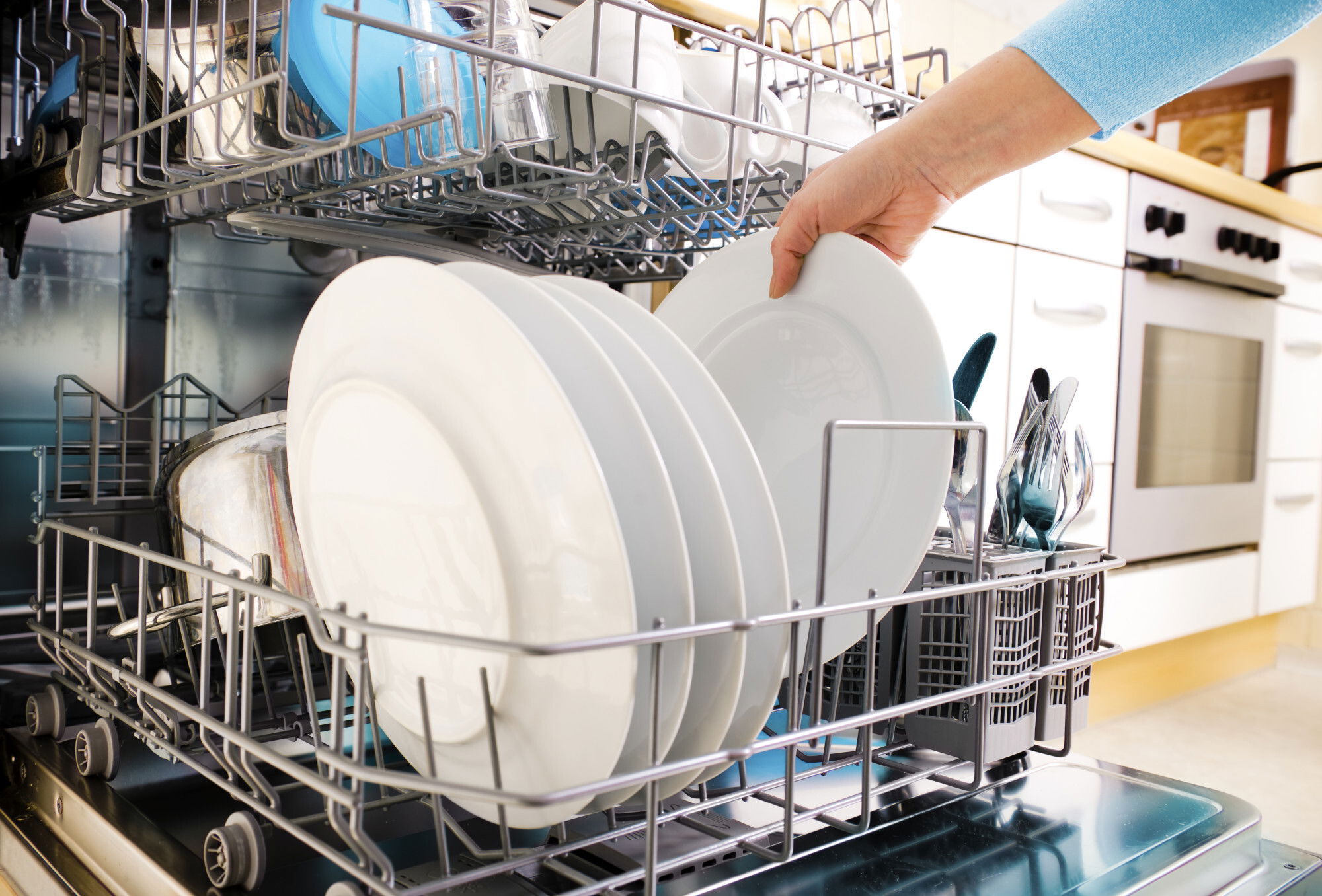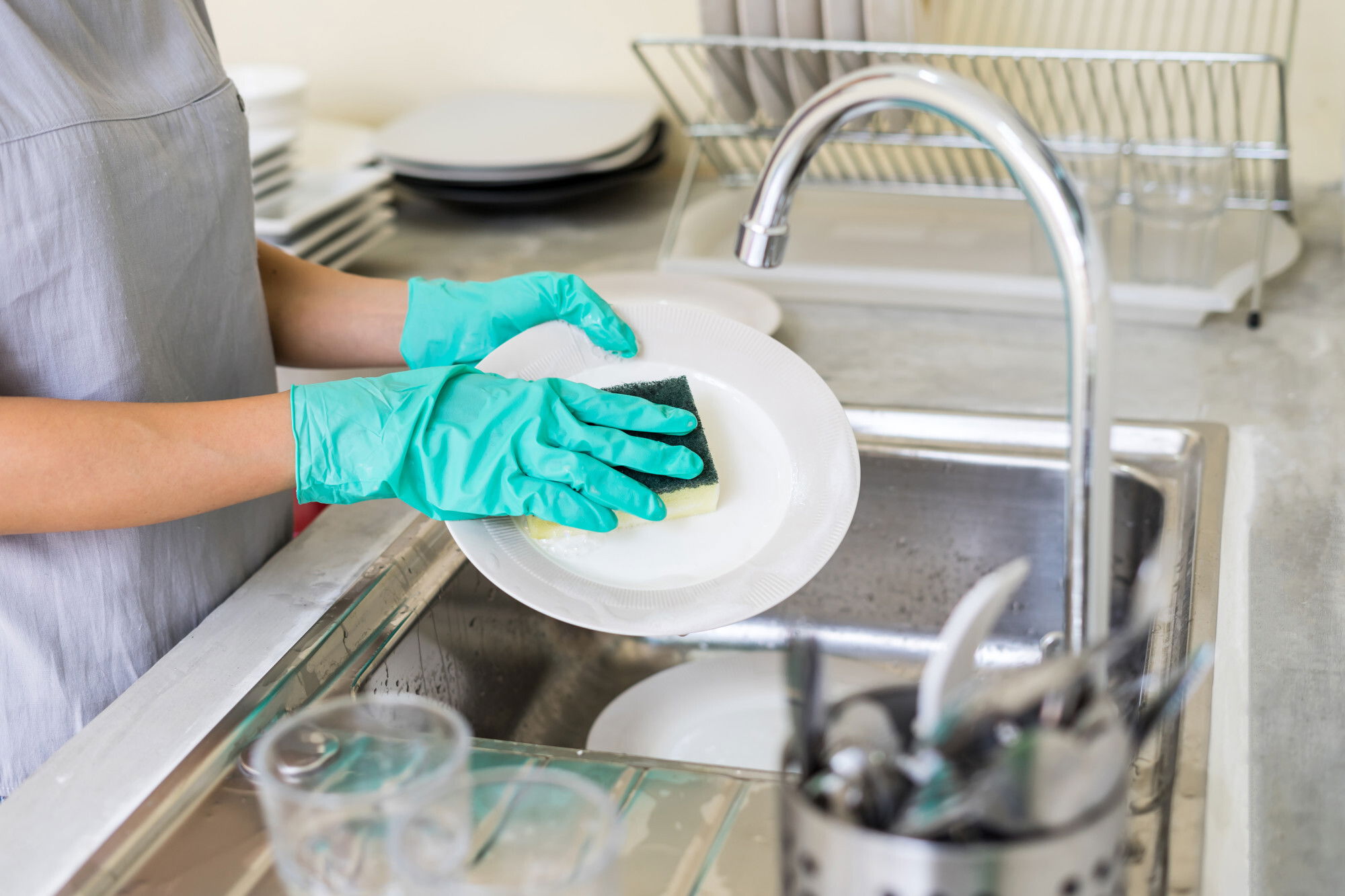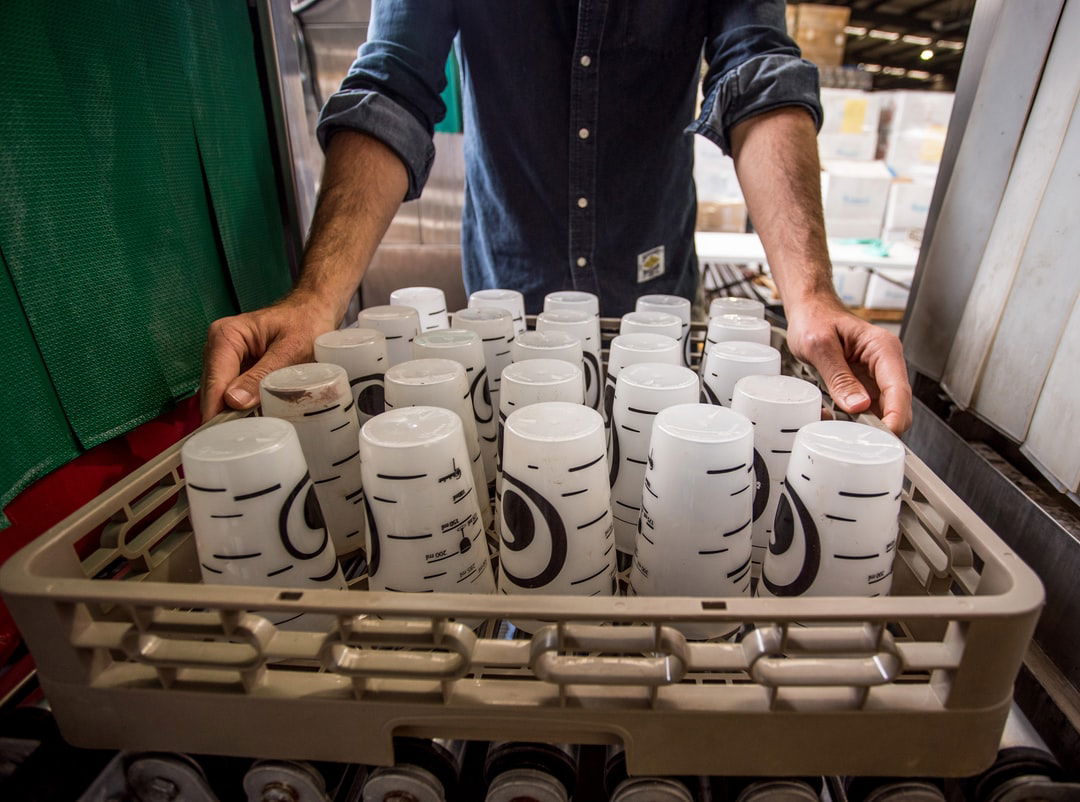
Liquid dish soap, sometimes called liquid dishwasher soap, dish detergent, dishwasher liquid and so on, are a foaming detergent intended for use in the food preparation industry. It's normally a non-volatile formulation of surfactant with low skin irritants and is mainly used for hand washing of cutlery, glassware, pots, pans, and other cooking utensils in an open bowl or sink. It has a very long shelf life and thus it is used as an additive in food prep. Some manufacturers claim that it has disinfecting properties, though this hasn't been scientifically proven. Still, the product is used widely and its popularity seems to be here to stay.
Although there are several brands and types of liquid dish detergents available in the market today including joy dish soap 30 oz , what sets it apart from its competition is that it has no dye, color, oil base or fragrance. This means that it is better for the dishes than those that have such ingredients. Dishwashing liquid does not contain chlorine bleach, which is needed to remove the stain from stainless steel, copper, and aluminum dishes.
If you're looking for a dish detergent that is economical, then you can always opt for the brand that is manufactured by Ball. Its gentle detergent strength is just enough to clean most dishes, and it doesn't leave any residue behind. For easy application, the bags have a built-in dispenser that makes removal of the dirty liquid a breeze. Disposable cotton pads or sponges can also be purchased to replace the need for towels. The bags of dish detergent available from Ball come in a variety of sizes, including five gallon, one gallon, three gallons and a half gallon.
Dishes are among the most used kitchen items, which means they must be able to clean properly and safely. That's why dishes should be cleaned using detergents with bleach base. Bleach, in addition to providing disinfection, removes grease, dirt, oils, and residue, which make dishes appear cleaner and flush out any unwanted odors.
Another great feature of liquid dish soap is that it does not contain lanolin or fats. Lanolin is used to make white powdered laundry detergents, while fats add luster and shine to the fabrics. Aside from being bad for dishes, fats can also cause splintering and discoloration. Dishes that are made from liquid dish soap don't have any fats or lanolin, which makes them healthier to use. Open this link now to shop the best dish soap.
Finally, liquid dish soap is also more effective than other detergents. It can kill germs, prevent and kill bacteria, as well as remove stains, odors, and residues. These benefits make liquid dish soap an all-around great choice. Besides, learn other dishwashing soap uses here: https://www.huffpost.com/entry/repurposing-ideas-other-uses-dish-soap_b_1874310.


